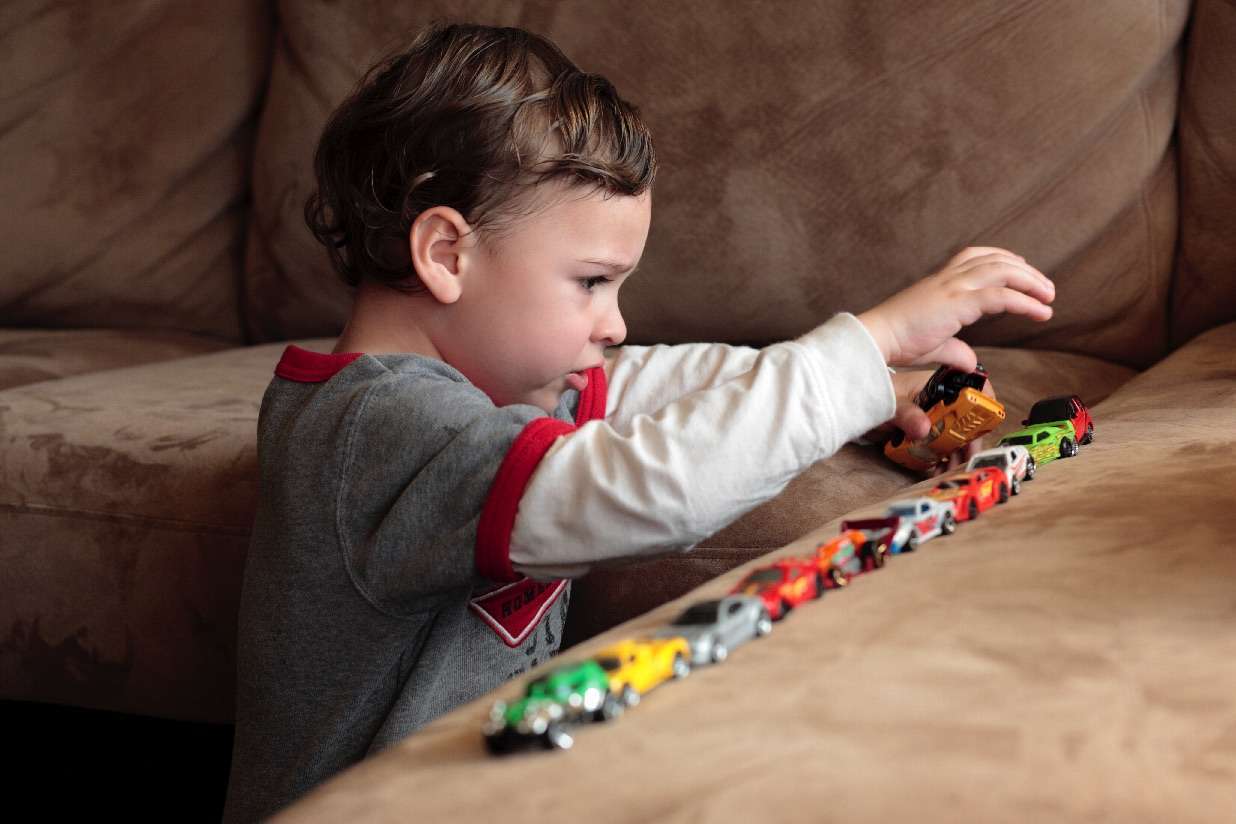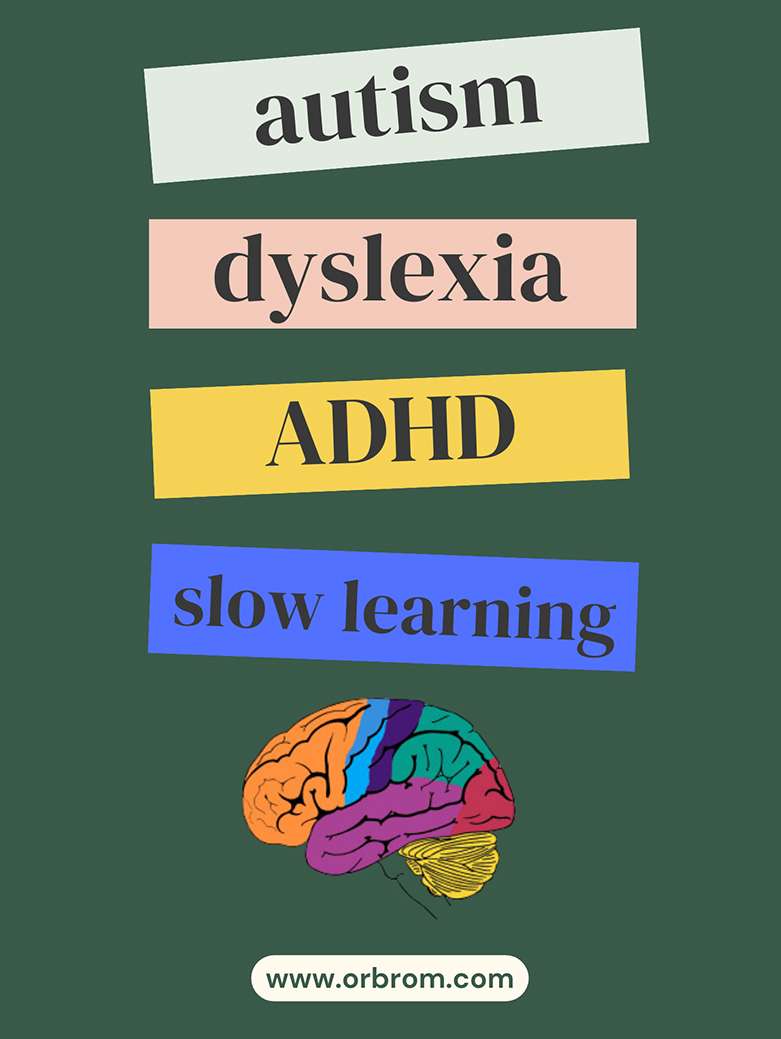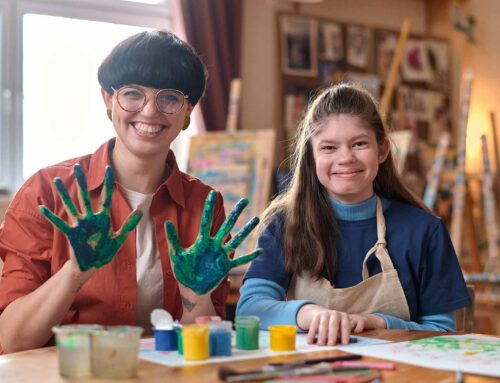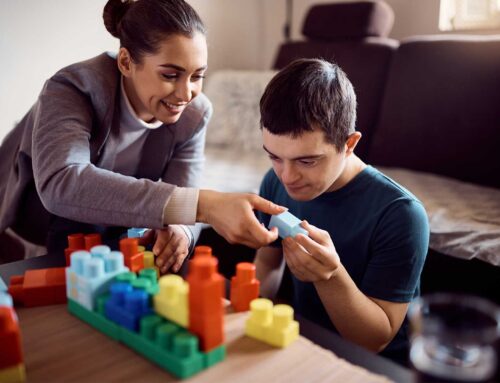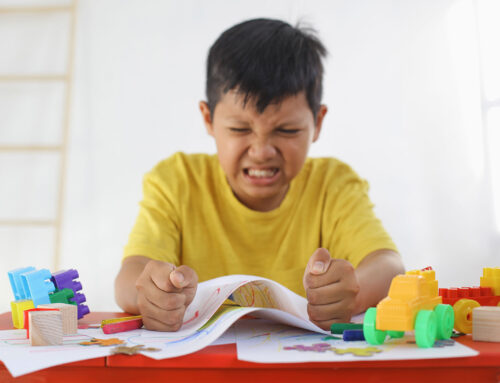Toy alignment, the act of arranging toys in rows, patterns, or specific configurations, is a common sight in children’s play. While often associated with autism spectrum disorder (ASD), it’s crucial to understand that this behavior is not exclusive to autistic individuals and can occur in typically developing children as well.
Understanding the Appeal of Order
The reasons behind toy alignment are multifaceted. For some children, it may stem from a natural desire for order and predictability. Lining up toys creates a sense of structure and control, which can be comforting and reassuring, especially in a world that can often feel overwhelming.
For others, toy alignment might be a form of exploration and experimentation. Children are naturally curious about the world around them, and arranging toys in different ways can be a way of investigating spatial relationships, patterns, and symmetry. The act of manipulation itself can be stimulating and engaging, providing a sense of accomplishment and mastery.
Beyond ASD: A Broad Spectrum of Play
It’s important to remember that toy alignment is just one aspect of a child’s play repertoire. While it may be more prevalent in autistic children, it’s not a diagnostic marker in itself. Many typically developing children also enjoy arranging their toys in specific ways, especially during the preschool and early elementary years.
Focusing solely on toy alignment as a potential indicator of ASD can lead to misinterpretations and unnecessary anxieties. Instead, observing the broader context of the child’s play provides a more nuanced picture. Key factors to consider include:
- Social interaction: Does the child play with their toys alone or do they incorporate them into imaginative play with others?
- Communication: Does the child use their toys to communicate their ideas and stories?
- Flexibility: Is the child able to adapt their play patterns to different situations and environments?
- Sensory sensitivities: Does the child exhibit any unusual or intense reactions to sensory stimuli, such as loud noises or bright lights?
By looking at the whole picture of a child’s play and development, we can gain a better understanding of their individual needs and preferences.
Supporting All Forms of Play
Regardless of the reason behind it, toy alignment is a valuable form of play that should be encouraged and supported. Here are some ways to do that:
- Provide a variety of open-ended toys: Blocks, dolls, cars, and other manipulatives allow children to explore their creativity and imagination in their own unique way.
- Create a dedicated play space: A designated area with minimal distractions can provide a safe and comfortable environment for children to focus on their play.
- Join in the fun!: Engage with your child’s play by asking questions, creating stories together, and following their lead.
Remember, the most important thing is to create a supportive and nurturing environment where all children feel free to express themselves through play, whether it involves perfectly aligned toy trains or a chaotic yet imaginative mess.
Services for Autism, ADHD, Dyslexia, Spelling Difficulty, social and slow learning, Down Syndrome, and Selective Mutism. OrbRom is the best option in Phnom Penh.
If you are concerned about your child’s development, Contact OrbRom Center for Assessments.
Phone/Telegram: 077.455.993
Telegram Link: https://t.me/OrbRom

